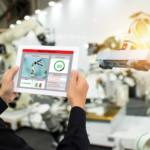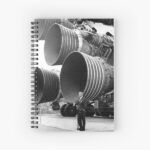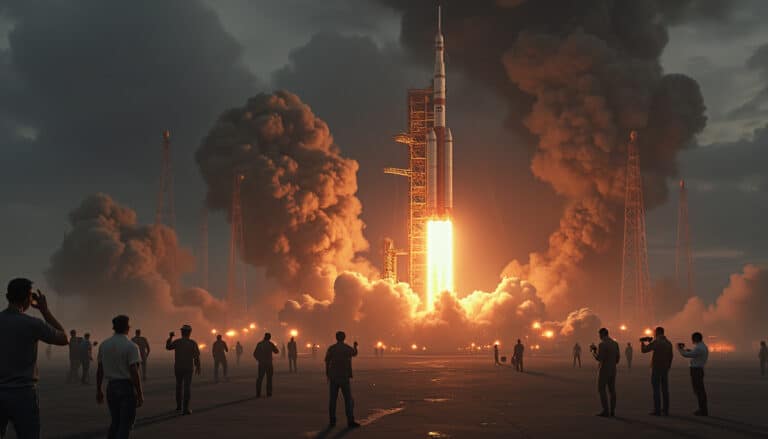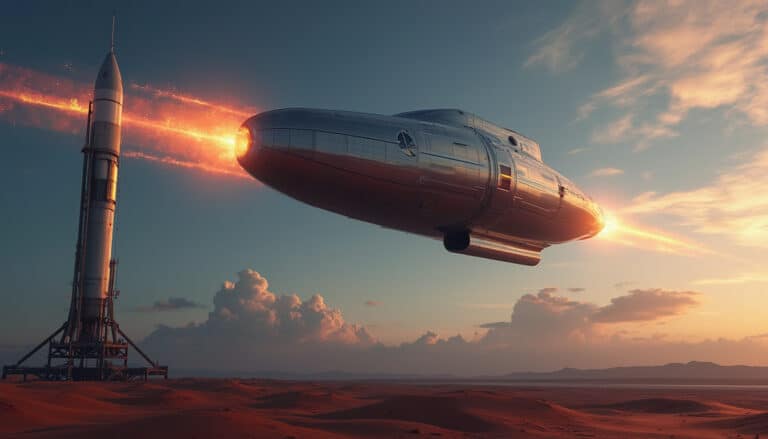The fascinating advancements at the intersection of space and artificial intelligence are propelling innovation to new heights. Beyond established routines, these technologies allow for a reassessment of traditional methods, redefining entire sectors. From earth observation to pipeline monitoring, each application transforms into an opportunity for growth and efficiency.
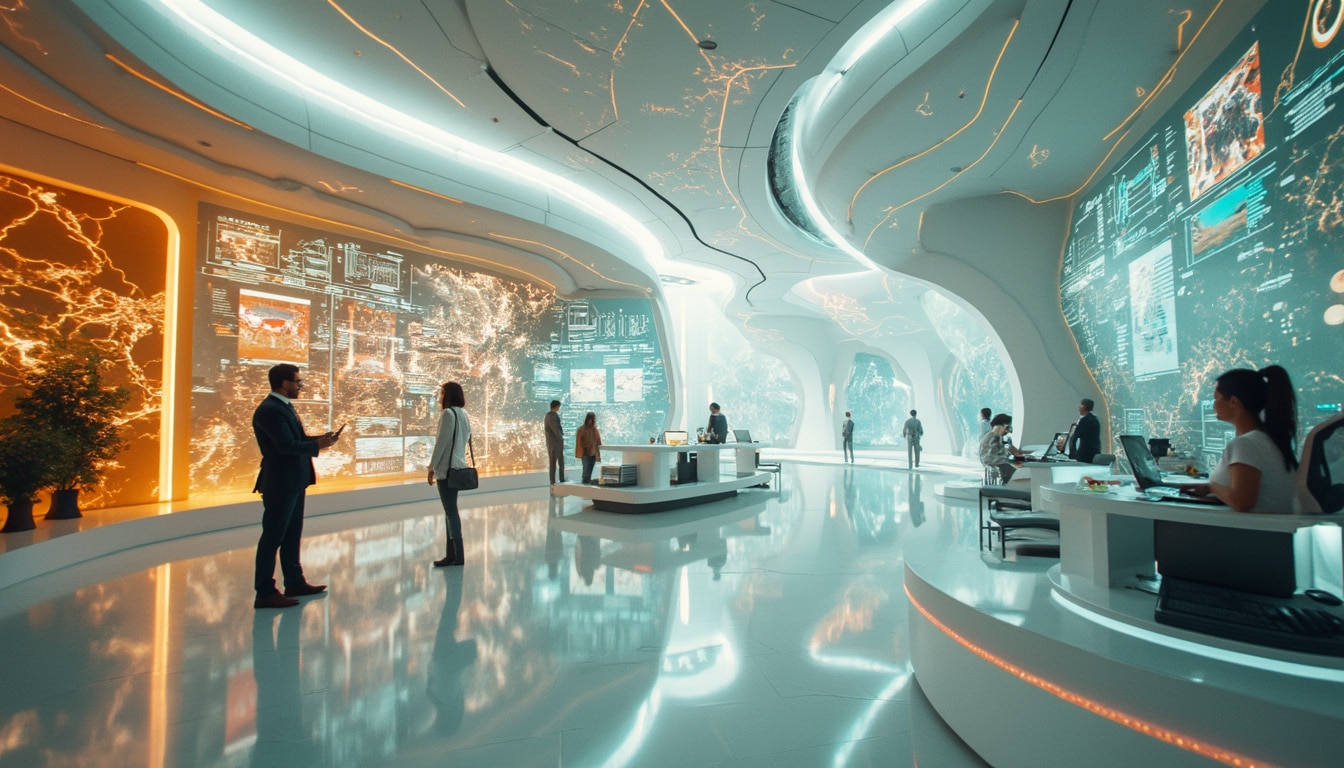
Table des matières
ToggleFrom Routine to Innovation
Advancements in artificial intelligence (AI) are revolutionizing even the most traditional sectors, such as astronomy and space exploration. Startups like Orbital Sidekick use sophisticated language models to efficiently manage their data. For instance, an integrated chatbot can monitor data streams and alert teams when new information becomes available. This approach not only optimizes workflow but also facilitates data visualization, making information more accessible.
Concrete Applications of AI in Space
AI applications allow for the analysis of enormous volumes of data in record time. A company like Iceye, based in Finland, combines radar imaging and social media to generate situation reports after a flood. This process helps authorities respond quickly and effectively. These innovations are changing the landscape of emergency interventions by providing integrated and rapid solutions.
Toward Human and Technological Collaboration
Experts agree that, despite the impressive capabilities of AI, human intervention remains essential. Technology should be viewed as an assistive tool rather than a replacement. Moreover, the skills required to leverage these innovations will evolve, requiring professionals to engage in continuous training. This fusion of innovation and human expertise will pave the way for even more efficient solutions.












